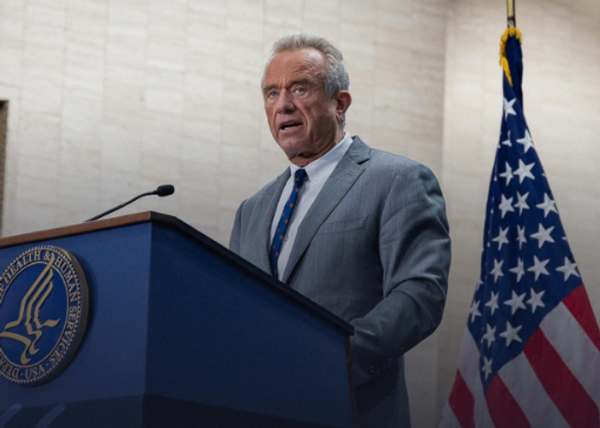
My last column urged leaders designing a hybrid workplace to co-create a human-centered culture. Human resources professionals have a lot on their plates right now, and so this follow-up is a checklist for the changes that they can create as we all get back to the new normal.
If moving toward a hybrid workplace seems daunting, remember that huge businesses already operate a de facto hybrid model. Most employees of energy companies, tech, construction, home and traveling health care, food and hospitality businesses, and airlines do their jobs outside an office setting. Many like Cisco, JetBlue, BP, and Baystate Health maintain vibrant, cohesive cultures in businesses where employees are distributed in a wide range of workplace settings.
Designing a hybrid workplace offers a chance to re-set your priorities and discard legacy processes or programs that the crisis exposed as unnecessary. The key is putting individuals at the heart of your change process. The talent squeeze is heating up as the crisis recedes, so these items are also designed to build employee trust and aid retention in a turbulent job market.
Leadership kicks off the change
While HR can manage the change process, the CEO must articulate the reasons for change and set the collective story. “This happened in March 2020….and we responded by doing this… and this is what we want to keep, what we want to add and what we want to leave behind.” Then have executives offer personal stories. What price did they pay, what obstacles did they encounter, how did they adapt to their own work-from-home (WFH) challenges? What are they grateful for? Urge executives to express thanks to individuals and the workforce at large for surviving the unprecedented disruptions.
Establish a baseline by taking the pulse of the current workforce with a survey tool or multiple interviews. Publish an ongoing narrative of people who faced various challenges. Common challenges can be a great psychological equalizer. Tell the stories of your “hybrid heroes” and teams who went the extra mile (or two) for peers, customers, vendors, and business partners. Build awareness of the changes to come with social recognition and stepped-up management feedback to employees.
The following lists combine ways to make the most of hybrid’s advantages (costs, flexibility) and minimize any toll on collaboration or other face-to-face activities. Consider them as you design the new ways people will work together. You don’t have to do them all at once and not every item on this list will be relevant to your situation. Open, honest, and candid discussions with employees across the company will identify the most promising places to apply “keep, toss, or change” actions.
Items for HR
- What new ways will performance be measured and managed?
- What effect will hybrid work have on diversity, equity, inclusion, and belonging? How can we adapt policies and programs in a different schedule or physical environment?
- How do new routines strengthen the essential parts of our culture and our mission?
- How can we design mentoring and advocacy to fit a hybrid model?
- How can we become more transparent with information internally and externally? How can that raise the talent and performance of the workforce?
- As much as possible, put the power to decide on a hybrid arrangement in the hands of teams, in an inclusive decision-making process.
- Create a template for teams to decide on their application of hybrid work (you might find certain teams have already done this – make them ambassadors for the idea). Teach team managers to consider how their arrangement will affect other groups.
- Technology: There’s no going back (in technology), so embrace the positive changes, including a new understanding of how fast employees can adapt to new technologies once they realize the benefit.
Changes specific to management
- Do an analysis of personal time off that was not taken during the crisis. Surveys show that many workers put off paid vacation. Should that unused pay be given to employees in additional PTO in the next year or two? Or should some amount be returned in the form of one-time bonuses, an enhanced recognition program, or other forms? Considering the extra effort and psychological toll of the pandemic, “use it or lose it” programs for PTO should be suspended for that exceptional year.
- Which technologies and routines produced the most human benefit (bonding, creativity, brainstorming, problem solving)?
- What have we learned in remote work that can be adapted for long-distance relationships like customer engagement, sales, and recruitment? For example, can we create a bigger and more diverse talent pipeline by engaging virtually with colleges and remote learning/certification platforms?
- How can management increase feedback remotely?
- How can management prevent the emergence of a two-tiered culture – one in the office and one remote – that limit opportunities for choice assignments, skills development and advancement?
- Should compensation structures change to reflect a changing culture?
This list is just a beginning. Just as there is no one-size-fits-all best hybrid for individuals, there isn’t a single solution for organizations. HR can lead the way in creating a human-centered hybrid by kicking off a long process of cultural re-design based on the surprising things we learned about ourselves since March 2020.







